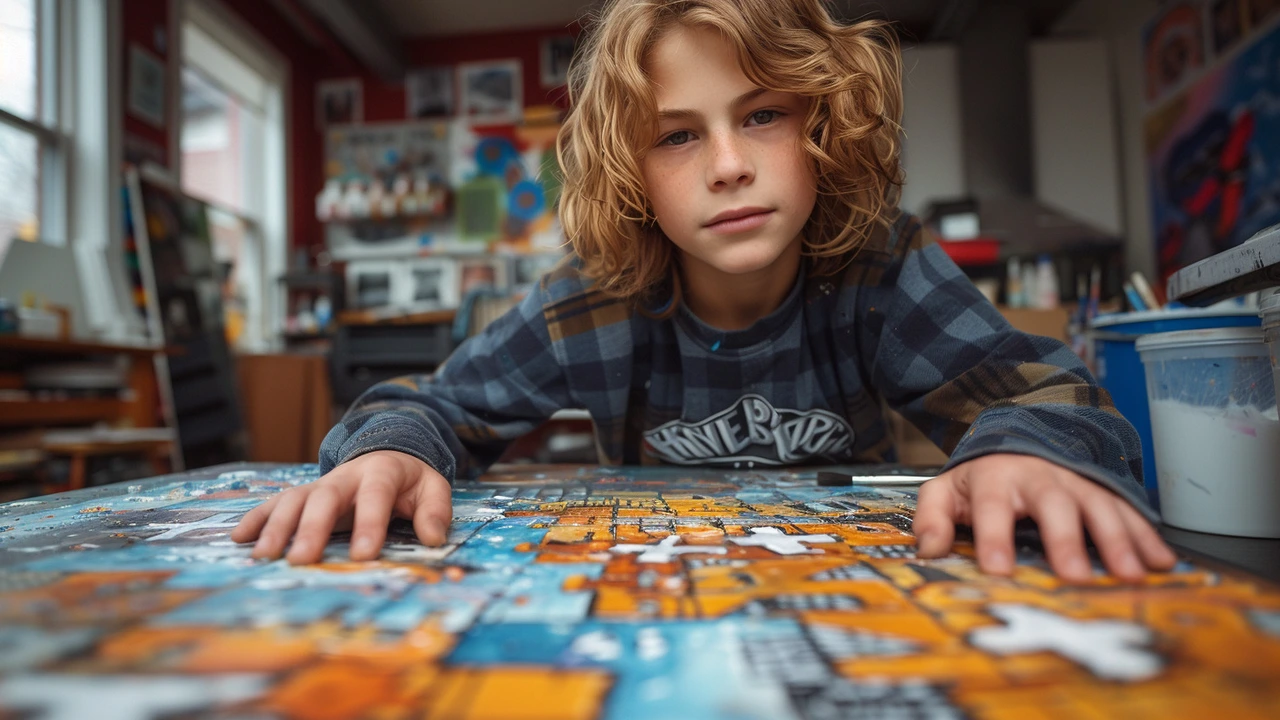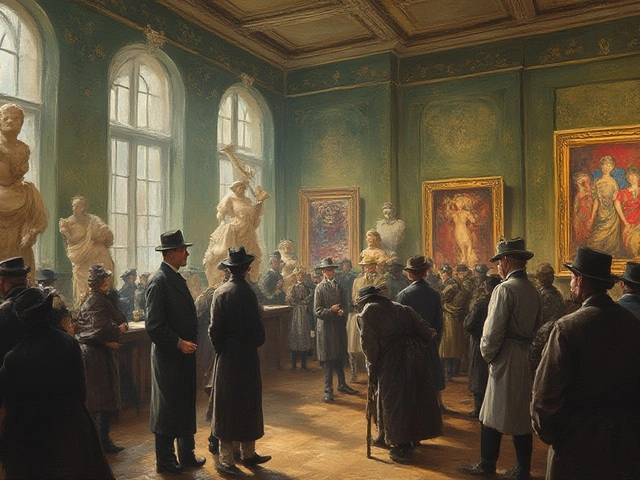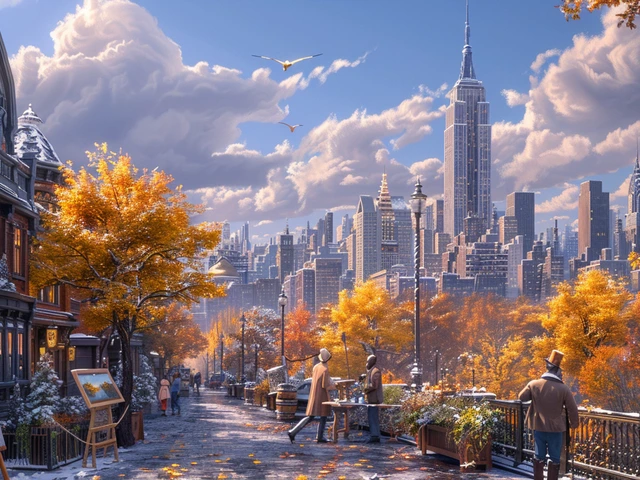The Enigma of Crafting Photorealism
So, let's dive straight into the heart of photorealism - that fascinating art style where the canvas bears a striking resemblance to a high-resolution photograph. Okay, jokes aside, you'd swear on your favorite paintbrush that it actually IS a photograph, right? But eh eh, not so fast. It’s just the magic of photorealism. This art form is so meticulous, so technically challenging, that it's like a jigsaw puzzle with thousands of pieces, each needing to fit perfectly to form that captivating whole. Now, that'd give any Rubik's Cube a run for its money!
As you can tell, I'm pretty stoked about this, and why wouldn't I be? It's like being a magician, except your wand is a paintbrush and your spells are pigments. Now, pull up a chair, get comfortable, let's unravel this art mystery together. It's a ride, I promise you, through the lens of art and into the realm of photorealism.
Understanding the Complexity of Shadows and Reflections
Shadows. Reflections. These aren't just terms reserved for vampires and shy people, you see. They're fundamental aspects of creating a photorealistic artwork. Pro-tip from yours truly, Oliver: Pay attention to how light interacts with the objects. Whether it is casting long shadows, reflecting off shiny surfaces or peeking through the gaps. It is the understanding of these intricate details that can elevate your work from 'Oh, that's nice' to a jaw-dropping 'Oh WOW, is that a photograph?'
Once upon an art class, when I tried my hands on photorealism, the genius that I was, I decided to render a chrome teapot. Talk about being ambitious! Now if you've ever seen one of these shiny critters, you know they reflect EVERYTHING. I mean even the fly that decided to take a break on the kitchen counter, two rooms away. And the worst part? Shadow here, reflection there, it felt like everywhere! So, from my teapot saga, the lesson to be learned is not just about observing shadows and reflections, but also about translating them on canvas accurately. It may seem like the devil's work, but trust me, the satisfaction you get once it’s done, pure heavenly!
Realism and Detail - More Than Just a Pretty Face
Photorealism is not just about copying a photo. It is about understanding the nitty-gritty details that make a scene come alive. This includes understanding texture, depth, scale, and lighting. The devil, after all, is in the detail and in photorealism, every detail counts. So, my friend, don’t shy away from the tiny details. Embrace the challenge that comes with them. Whether it’s the glint in someone’s eye, the curl of a leaf, or the ruggedness of aged wood, spend some quality time caressing these elements with your brush or pen. It’s akin to writing a love letter, and we all know those need extra attention to detail.
One of my favorite personal creations featuring extraordinary detail was a portrait of my grandmother. The wrinkles on her face, the warmth in her eyes, the creases of her dress, the worn-out threads on her favorite rocking chair - each rendered with a painstaking attention to detail. As I worked on the piece, each wrinkle told a story, each thread carried the weight of her years. The result? A portrait that seemed to breathe life! Now, that's the power of detailing. It’s not just adding the lines or shapes, but the whole story behind them.
Nailing the Photorealistic Technique
Photorealism is like trying to juggle while riding a unicycle on a tightrope - it requires balance, precision, hand-eye coordination, patience, and persistence. As any good therapist would tell you, it's all about the technique. Drawing neatly outlined images is only the beginning. Filling in these outlines with the perfect hues, finely smoothening the transitions between colors, and adjusting the shading to create an illusion of depth and volume - that's where it begins to really challenge you. It's like playing a chess game, planning three moves ahead to nail that precise look.
The first time I tried photorealism was for a school project, and boy, it didn't come easy. The subject was a piece of shiny red apple. Well, did I underestimate that innocent piece of fruit or what? My apple came out looking more like a tomato. It was not round enough, or shiny enough. Wrong shade of red here, less shine there – it was a disaster. But you know what they say, failing is the first step to success. Well, let’s admit, photorealism sure knows how to teach that lesson! But with more practice, my apples started looking more apple-like. The eureka moment came when my art teacher couldn’t distinguish my artwork from the photo. If that wasn’t a pat on the back, then I don’t know what is! So, hang in there, keep the faith, work on your technique. It might be hard initially, but it’s not impossible.
Mastering the Marriage of Tools and Materials
Art is not just what you create, but also what you create it with. The tools and materials you choose go a long way in defining the finished piece. While brushes, paints, and canvas have been traditional choices, with the advent of technology, digital tools have found a cozy place within the artist's toolkit. It's like choosing between driving a Ford Model T and a Tesla Model S - both are cars, but the experience, my dear friend, is radically different!
Speaking from experience, my journey from paintbrushes to digital stylus has been an interesting one. There's something charming about the heady scent of oil paints and the feel of a soft horsehair brush against canvas as compared to the smooth movement of the stylish on a digital tablet. Both have their own charm and the choice ultimately boils down to what you are comfortable with. But no matter what your toolkit looks like, remember, the most important thing is to enjoy the process. Keep experimenting. Keep creating. Keep telling your stories through your art. And remember, every artist was first an amateur. So, chin up, brush in hand, and let the power of photorealism be with you!




